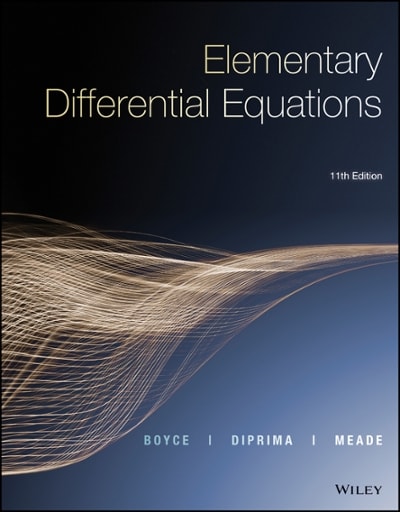Question
Question 1 ( options given ) Consider an experiment that involves rolling a fair nine-sided die once and assume that the outcomes in the experiment
Question 1 ( options given )
Consider an experiment that involves rolling a fairnine-sideddie once and assume that the outcomes in the experiment are all equally likely to occur.LetAdenote the event that we will observe a number less than or equal to 5 when rolling a fairnine-sideddie. LetBdenote the event that we will observe a number greater than 5 when rolling a fairnine-sideddie. Are eventsAandBmutually exclusive?
1) No
2) Not able to determine whether they are mutually exclusive from the information given.
3) Maybe
4) Yes
Question 2 ( options given )
Consider an experiment that involves rolling a faireight-sideddie once and assume that the outcomes in the experiment are all equally likely to occur.LetAdenote the event that we will observe a number less than or equal to 4 when rolling a faireight-sideddie. LetB
denote the event that we will observe an odd number when rolling a faireight-sideddie. Are eventsAandBindependent?
1) Not able to determine whether they are independent from the information given.
2) No
3) Yes
4) Maybe
Question 3 (option given)
Consider an experiment that involves rolling a faireight-sideddie five times. Assume that (i) the outcomes on each roll are all equally likely to occur and (ii) each roll is independent of all the other rolls. What is the probability that we will observe a number less than or equal to 3 on every roll of the five rolls of the die?
1) 1/2
2) 15/40
3) (3/8)2 {the value in the bracket has the power of 2}
4) 5(5/8) { the value written here are in the form of mixed fraction}
5) 3/8
Question 4 ( options given )
Consider an experiment that involves rolling a fairseven-sideddie multiple times. Assume that (i) the outcomes on each roll are all equally likely to occur and (ii) each roll is independent of all the other rolls. Now suppose that you have just rolled the die five times resulting in a number less than or equal to 3 on every roll. What is the probability that the next roll will be an odd number?
1) 4(3/7) {the values written here are in the from of mixed fraction}
2) 4/7
3) 3/7
4) (4/7)6 {the value in the bracket has the power of 6 }
5) (3/7)5 {the value in the bracket has the power of 5}
Step by Step Solution
There are 3 Steps involved in it
Step: 1

Get Instant Access to Expert-Tailored Solutions
See step-by-step solutions with expert insights and AI powered tools for academic success
Step: 2

Step: 3

Ace Your Homework with AI
Get the answers you need in no time with our AI-driven, step-by-step assistance
Get Started


